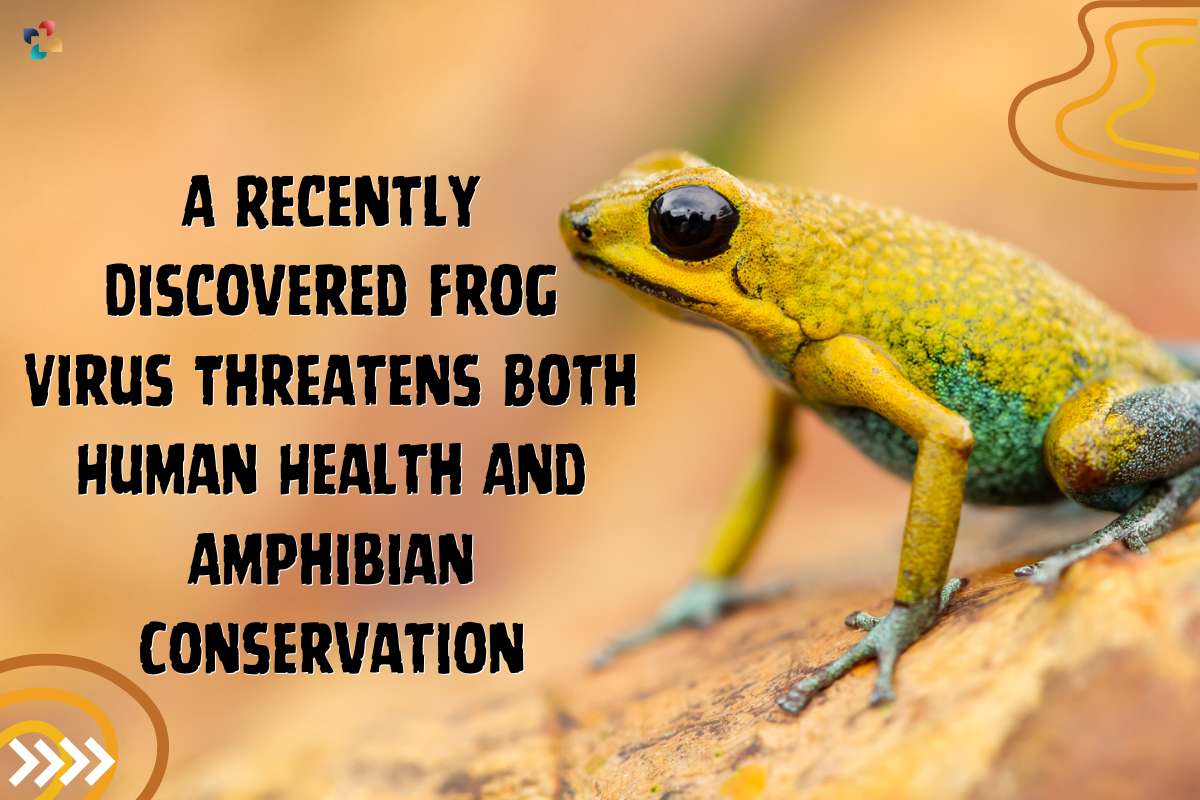Researchers recently explored the Ranid Herpesvirus 3 infection of common frog Rana temporaria tadpoles in a report published in the journal Emerging Infectious Diseases.
Infectious illnesses are causing amphibian populations to decline quickly throughout the world. A large decrease in biodiversity and necessary biomass is brought on by the fall of amphibian populations, and this could have an effect on human health. Ranid herpesvirus 3 (RaHV3) and bufonid herpesvirus 1, two new alloherpesviruses, have been identified in common frogs and toads.
About the Research
The likelihood of RaHV3 infection in wild common frogs before to metamorphosis was investigated in the current study.
14 samples of tadpoles that were allowed to roam freely in 2022 were gathered from five ponds in Norway. The sample batches, which were collected from the ponds or nearby regions, each comprised three to thirteen tadpoles. After seeing adult frogs earlier in the year with lesions resembling those seen in RaHV3 infection, the collection was made. Between early June and mid-July 2022, the ponds were sampled two to three times. The Gosner developmental stages, which ranged from stages 26 to 36, were used to categorise tadpoles.
The use of tricaine methanesulfonate allowed for the humane collection and killing of tadpoles. Each tadpole’s other half was fixed in 10% buffered formalin while the DNA from one half was extracted. RaHV3’s amplified partial genomic sequence. On each sampling day and pond location, DNA was taken from many tadpoles. All tadpoles from the same region were examined for RaHV3 if a polymerase chain reaction (PCR) result indicated a positive signal.
Results of the Study
Using qualitative and quantitative PCR, RaHV3 was found in two of the 14 batches of tadpole DNA. Two of the five pond locations that were analysed yielded positive results. Six and one tadpole, respectively, were discovered to be positive for RaHV3 DNA out of 13 tadpoles from Lillehammer Pond and 4 from Skytta Pond. The genome equivalents ranged from 2 to 107. Sequencing of amplicons produced by qualitative PCR revealed a perfect match with the reference strain RaHV3_FO1_2015.
Tadpoles that tested both positive and negative for RaHV3 PCR had identical histological sections. However, the considerable autolysis found in the tissue sections under study may have obscured the potential significance of RaHV3-related changes.
Conclusion:
The results of the investigation supported the theory that the pre-metamorphic embryonic or larval periods of the frog are when it becomes infected. RaHV1 infection only affected leopard frogs (Lithobates pipiens) in their early embryonic stages. Why pre-metamorphic frogs are more susceptible to herpesvirus infections is unknown. Due to the lack of keratinized skin and major variations in their immune systems compared to postmetamorphic life stages, premetamorphic frogs may be more vulnerable to natural infection.
The study revealed a significant mortality rate of RaHV3 in infected tadpoles, as well as the potential for sporadic RaHV3 infection in distinct tadpole populations. According to the second theory, because of their rapid demise and scavenging, RaHV3-positive tadpoles would be hard to spot in the wild. Animals can contract the herpes virus known as alloherpesvirus, which tends to affect children more severely than adults and result in higher mortality rates. RaHV3 has the potential to produce significant rates of death in infected tadpoles, which could result in poor detection rates among the population of surviving tadpoles.
New information about RaHV3’s pathogenesis and its possible effects on both pre- and post-metamorphic life phases in amphibian hosts is provided by this work. For the protection of biodiversity, the conservation of amphibians, and ultimately the health of people and the environment, it is essential to research how RaHV3 and other herpesviruses affect frog populations.
Also Read: Marburg Virus: WHO Warns Rapid Growth of the Disease After Tanzania Deaths







